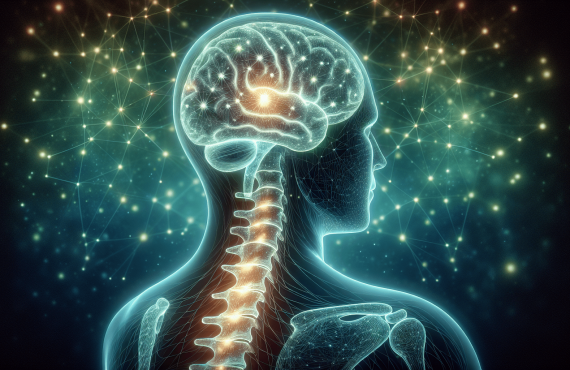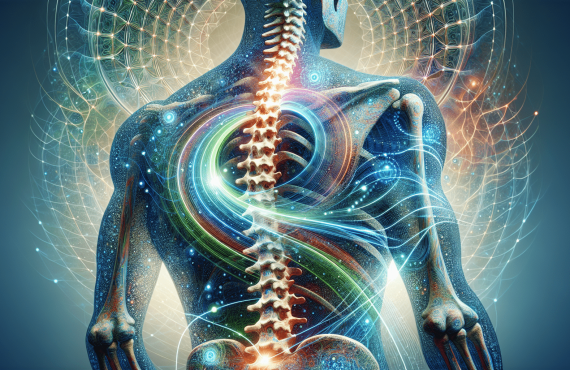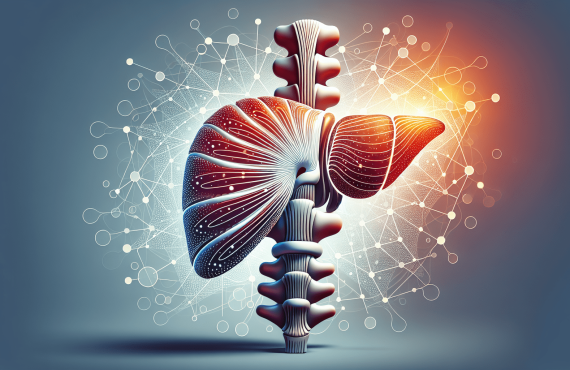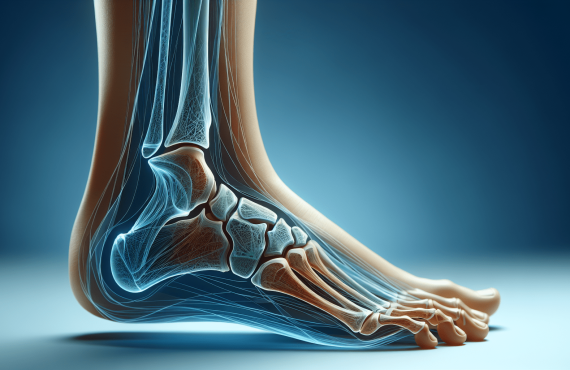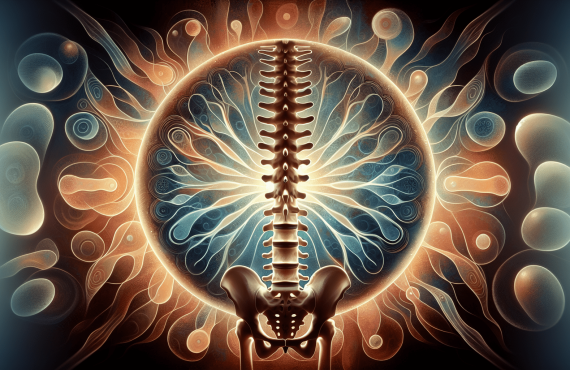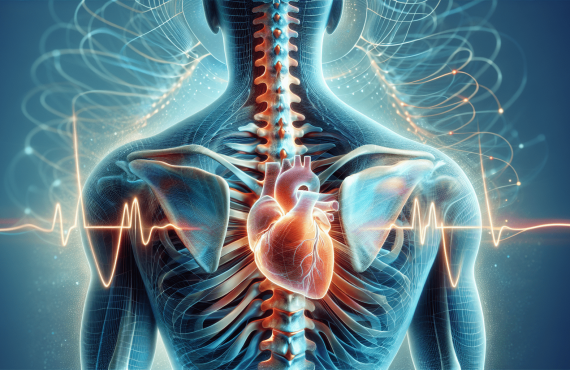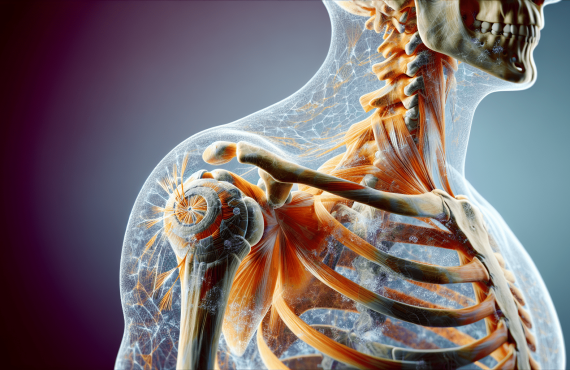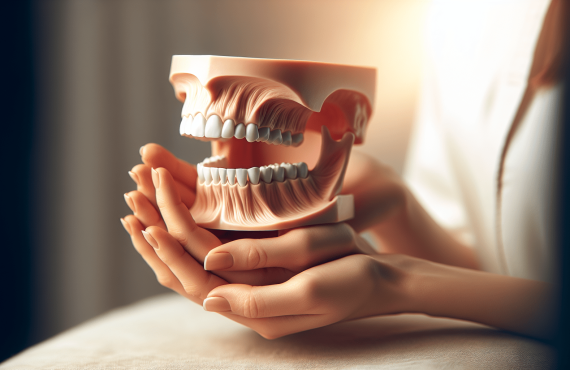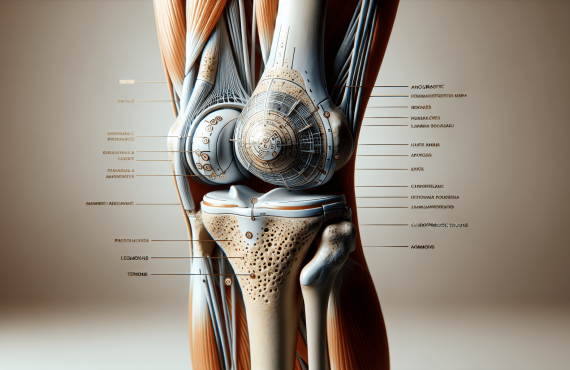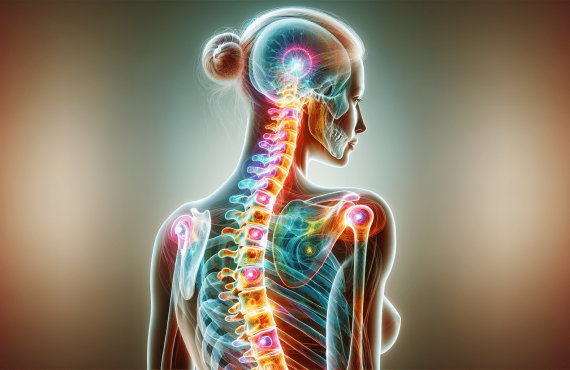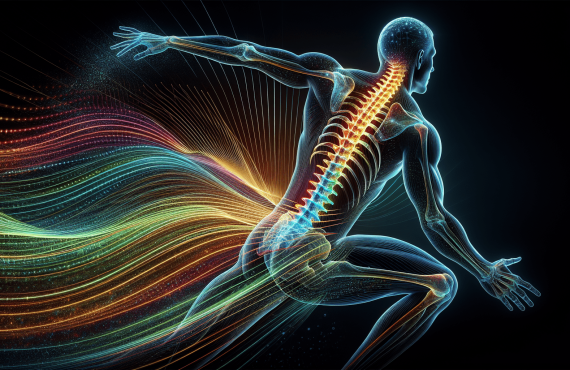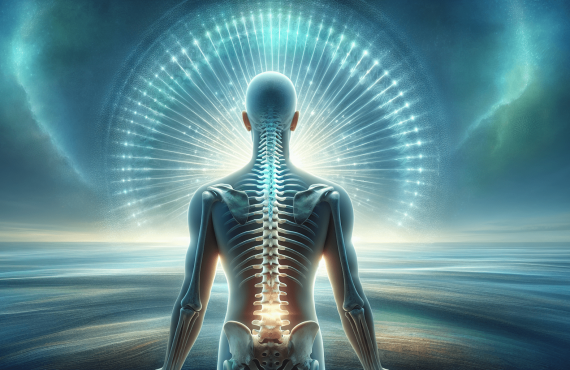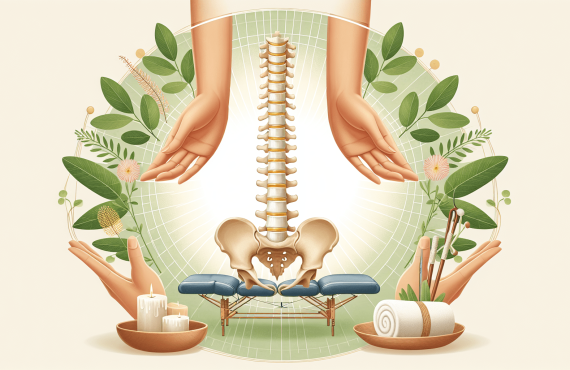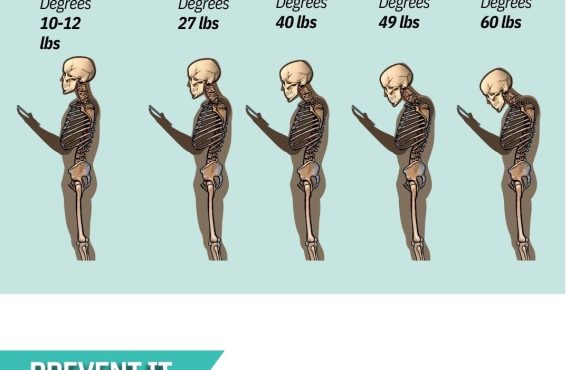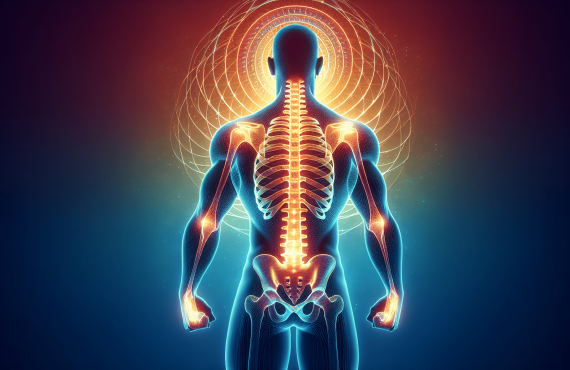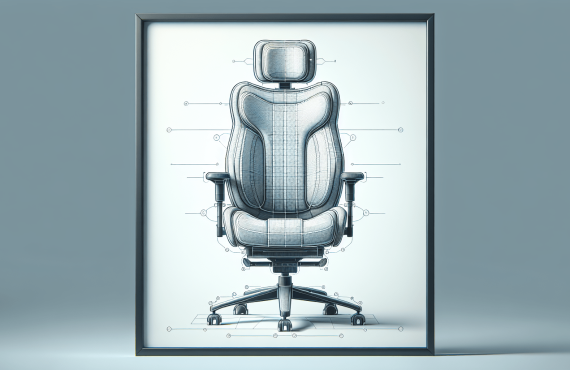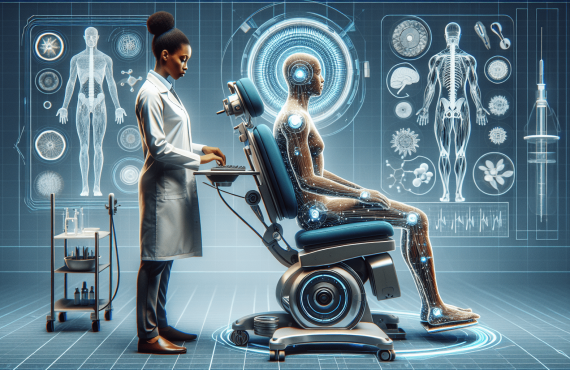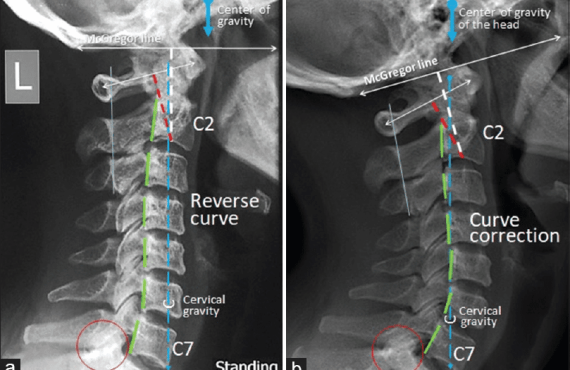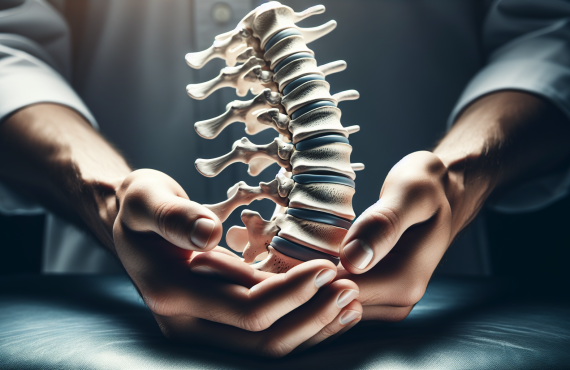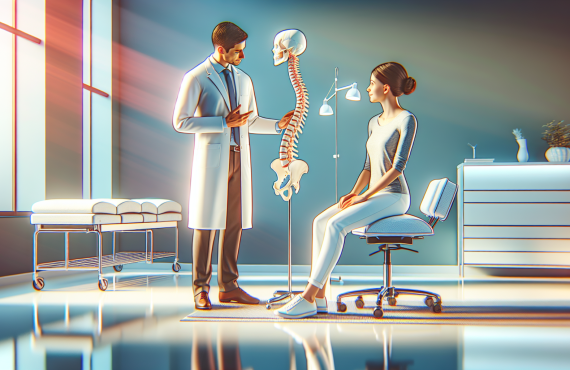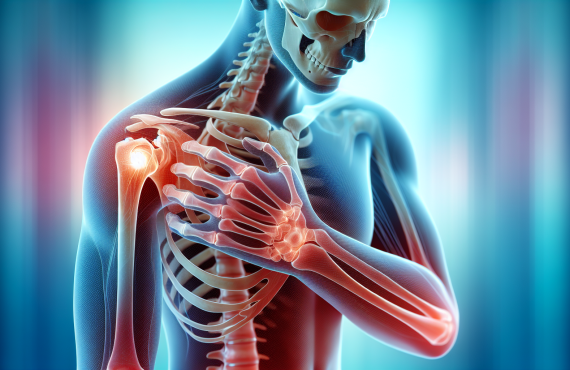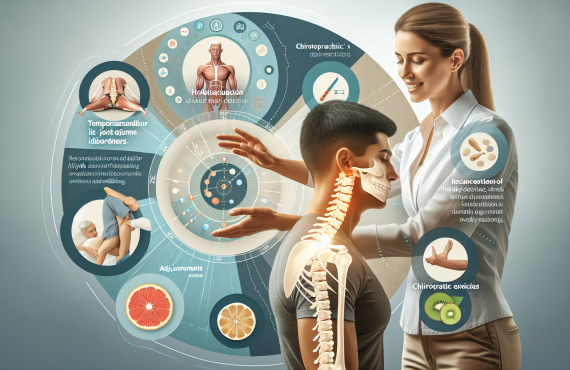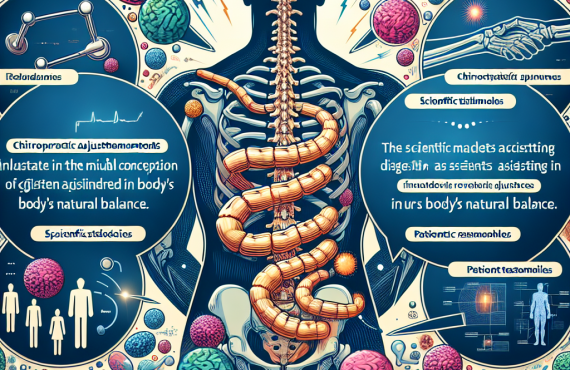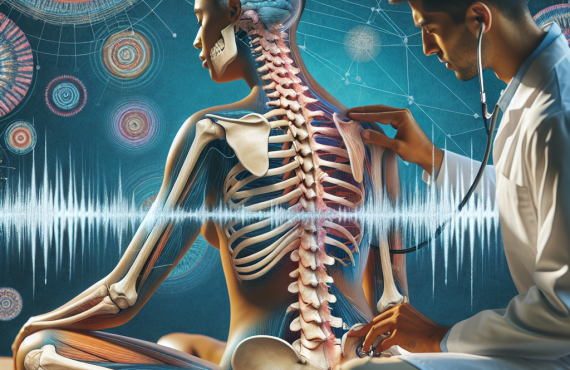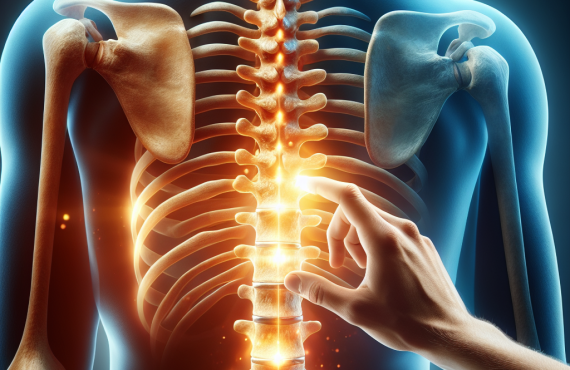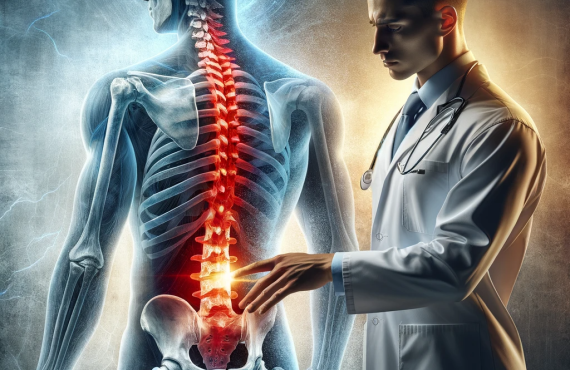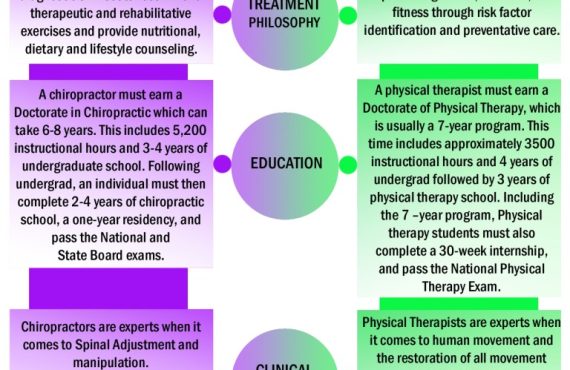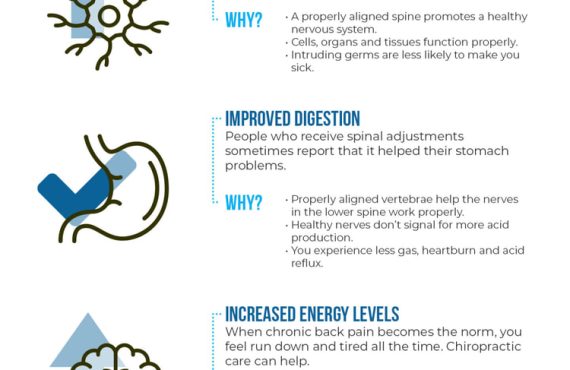Are you curious about the science behind chiropractic adjustments? Look no further, because in this article, we will explore the fascinating world of chiropractic care. Owned and operated by the experienced and dedicated Dr. Craig Henry, Henry Chiropractic in Pensacola, Florida, is here to improve your health and wellness. With a team that includes the knowledgeable Dr. Aaron Hixon, a native Floridian with a passion for helping others, you can trust that you are in good hands. From understanding different chiropractic techniques to discovering the benefits of adjustments, we will delve into the science behind chiropractic care and why it can make a world of difference in your life.
Table of Contents
The Spine and Nervous System
The spine, also known as the vertebral column, is a crucial part of the human body. It is made up of 33 individual bones called vertebrae, which are stacked on top of each other. The spine serves as the main support structure of the body and provides protection for the delicate spinal cord.
The spinal cord is a bundle of nerves that runs through the center of the vertebral column. It is responsible for transmitting messages between the brain and the rest of the body. These messages control various bodily functions, such as movement, sensation, and organ function.
The Structure of the Spine
The spine is divided into different regions, each with its own unique characteristics. The cervical spine, located in the neck, consists of seven vertebrae. The thoracic spine, which runs through the mid-back, is made up of twelve vertebrae. The lumbar spine, located in the lower back, consists of five vertebrae. Finally, the sacral spine, located in the pelvis, is made up of five fused vertebrae.
The vertebrae are connected by small joints called facet joints, which allow for movement and flexibility. In between each vertebra is a cushion-like structure called the intervertebral disc. These discs act as shock absorbers and provide support for the spine.
The Role of the Nervous System
The nervous system is a complex network of nerves, cells, and tissues that controls and coordinates the functions of the body. It is divided into two main parts: the central nervous system and the peripheral nervous system.
The central nervous system consists of the brain and the spinal cord. It receives information from the sensory organs and sends signals to the body to initiate a response. The peripheral nervous system consists of the nerves that extend from the spinal cord to different parts of the body.
The nervous system plays a crucial role in maintaining overall health and well-being. It regulates bodily functions, such as breathing, digestion, and heart rate. It also enables us to respond to external stimuli and adapt to our environment.
How Misalignments Affect the Nervous System
Misalignments of the spine, also known as vertebral subluxations, can disrupt the normal functioning of the nervous system. When vertebrae become misaligned, they can put pressure on the surrounding nerves, causing interference in the transmission of nerve impulses.
This interference can lead to a wide range of symptoms and health issues. It can affect the body’s ability to move and function properly, resulting in pain, limited range of motion, and decreased overall quality of life. It can also impact organ function, leading to digestive problems, respiratory issues, and other systemic conditions.
Chiropractors specialize in the detection and correction of vertebral subluxations. Through manual adjustments, they aim to restore proper alignment to the spine, allowing the nervous system to function optimally. By addressing the root cause of the problem, chiropractic care can provide long-lasting relief and promote overall health and well-being.

This image is property of www.karorichiropractic.co.nz.
Chiropractic Philosophy
Chiropractic care is based on a holistic approach to health. It recognizes that the body is a self-healing organism with an innate ability to heal itself. Chiropractors focus on optimizing the body’s natural healing mechanisms to promote wellness and prevent disease.
Holistic Approach to Health
Unlike traditional medicine, which often focuses on treating symptoms, chiropractic care takes a whole-person approach to health. Chiropractors view the body as a complex interconnected system, where every part plays a role in overall well-being.
Chiropractic care aims to address the underlying causes of health issues rather than simply masking symptoms. By addressing the root cause, chiropractors can help patients achieve long-term health and vitality.
The Body’s Ability to Heal Itself
The human body has an amazing capacity for self-healing. When given the right conditions and support, it can heal injuries, fight off infections, and restore balance. Chiropractic care seeks to remove obstacles and provide the body with the tools it needs to heal itself.
Through chiropractic adjustments and other natural therapies, chiropractors help restore proper alignment to the spine and remove interference from the nervous system. This allows the body’s innate healing intelligence to function optimally, promoting self-healing and optimal health.
Chiropractic Diagnosis
Before any treatment is administered, a chiropractor will conduct a thorough examination and assessment to determine the root cause of the problem. This process involves gathering the patient’s medical history, performing a physical examination, and conducting diagnostic tests when necessary.

This image is property of chiropractorinoviedo.com.
Patient History and Physical Examination
During the patient history phase, the chiropractor will ask detailed questions about the patient’s symptoms, medical history, and lifestyle factors. This information helps the chiropractor understand the context of the patient’s condition and identify potential underlying causes.
Next, a physical examination will be performed to evaluate the patient’s posture, range of motion, and overall musculoskeletal health. The chiropractor may also use diagnostic tools, such as orthopedic tests and neurological evaluations, to gather more information.
Diagnostic Imaging
In some cases, diagnostic imaging may be necessary to further evaluate the patient’s condition. X-rays, MRI scans, and CT scans can provide a clearer picture of the spine and help identify any structural abnormalities or pathology.
While diagnostic imaging is not always required, it can be valuable in certain situations to aid in diagnosis and treatment planning.
Specialized Testing
In addition to patient history and physical examination, chiropractors may also use specialized testing to gather more information about the patient’s condition. This can include functional assessments, such as gait analysis, muscle strength testing, and joint range of motion measurements.
These tests help the chiropractor identify any functional limitations or imbalances that may be contributing to the patient’s symptoms. By understanding the specific needs of each patient, chiropractors can tailor their treatment approach for optimal results.
Chiropractic Techniques
Chiropractors use a variety of techniques to address vertebral subluxations and restore proper alignment to the spine. Each technique serves a specific purpose and may be used depending on the patient’s individual needs and preferences.
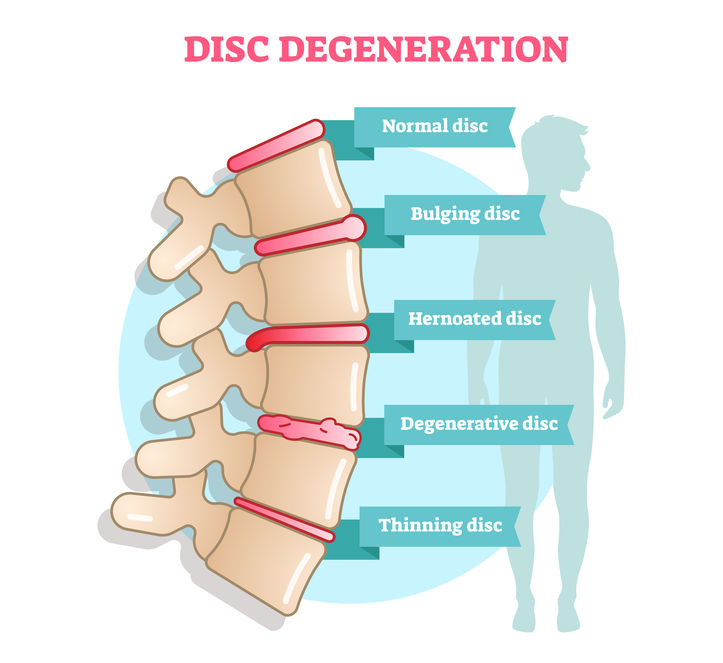
This image is property of garrowwellnesscenter.com.
Diversified Technique
The Diversified Technique is one of the most commonly used chiropractic techniques. It involves manual adjustments that are performed with the chiropractor’s hands on specific areas of the spine. The goal of this technique is to restore proper motion and alignment to the vertebrae, relieving pressure on the surrounding nerves.
The Diversified Technique is known for its versatility and effectiveness in addressing a wide range of spinal issues.
Gonstead Technique
The Gonstead Technique is a precise and specific chiropractic technique that focuses on detecting and correcting vertebral subluxations. It involves a thorough evaluation of the spine using X-rays and other diagnostic tools. Based on this information, the chiropractor can then deliver focused adjustments to the affected areas.
The Gonstead Technique is known for its specificity and attention to detail, making it particularly effective in complex cases.
Activator Technique
The Activator Technique is a gentle, low-force approach to chiropractic adjustments. It uses a handheld instrument called the Activator Adjusting Instrument to deliver precise impulses to the spine. These impulses help restore motion and alignment to the vertebrae without the need for manual manipulation.
The Activator Technique is especially useful for patients who prefer a more gentle approach or for those with certain health conditions that may make manual adjustments less suitable.
Thompson Technique
The Thompson Technique, also known as the Thompson Drop Technique, involves the use of a specialized chiropractic table with built-in drop pieces. These drop pieces allow the table to move slightly beneath the patient, creating a gentle thrust that helps realign the spine.
The Thompson Technique is known for its efficiency and effectiveness in delivering precise adjustments to the spine.

This image is property of www.familyhealthchiropractic.com.
Flexion-Distraction Technique
The Flexion-Distraction Technique is a gentle, non-force technique that is commonly used to treat conditions such as herniated discs, sciatica, and spinal stenosis. It involves the use of a specially designed chiropractic table that flexes and distracts the spine, creating a pumping action that helps alleviate pressure on the nerves and improve spinal mobility.
The Flexion-Distraction Technique is particularly beneficial for patients with degenerative disc disease or those who require a more gentle approach to their care.
Benefits of Chiropractic Adjustments
Chiropractic adjustments offer a wide range of benefits beyond just pain relief. Whether you are suffering from back pain, neck pain, headaches, or other musculoskeletal issues, chiropractic care can help improve your overall health and well-being.
Pain Relief
Chiropractic adjustments can provide effective relief from acute and chronic pain. By addressing the underlying cause of the pain, rather than simply masking the symptoms, chiropractic care offers a long-lasting solution for pain management.
Improved Range of Motion
Restricted range of motion can significantly impact your quality of life. Chiropractic adjustments help restore proper alignment and mobility to the spine, allowing for improved range of motion and enhanced flexibility.

This image is property of www.thechiroguy.com.
Enhanced Athletic Performance
Athletes can benefit greatly from chiropractic care. By addressing imbalances and restrictions in the musculoskeletal system, chiropractic adjustments can help improve athletic performance, prevent injuries, and enhance overall physical function.
Better Overall Health and Well-being
Chiropractic care is not just about addressing specific conditions or symptoms. It focuses on the body as a whole and aims to optimize overall health and well-being. By promoting proper alignment and removing interference from the nervous system, chiropractic adjustments can improve the body’s natural healing abilities and support optimal health.
Safety and Efficacy of Chiropractic Adjustments
Chiropractic adjustments have been extensively studied and have been found to be safe and effective for a wide range of musculoskeletal conditions. Research studies consistently show positive outcomes for patients receiving chiropractic care.
Research Studies
Numerous research studies have demonstrated the effectiveness of chiropractic adjustments for various conditions, including back pain, neck pain, and headaches. These studies consistently show improvements in pain, mobility, and overall patient satisfaction.
Patient Satisfaction
Patient satisfaction is another important factor to consider when evaluating the safety and efficacy of chiropractic care. Many patients report high levels of satisfaction and improvement in their quality of life after receiving chiropractic adjustments.
Potential Risks and Side Effects
While chiropractic care is generally considered safe, it is important to be aware of potential risks and side effects. These can include temporary soreness or discomfort after an adjustment, as well as the rare possibility of more serious complications, such as nerve damage or stroke.
However, it is important to note that serious complications from chiropractic adjustments are extremely rare. Chiropractors undergo extensive training and are well-versed in the precautions and proper techniques to ensure patient safety.
Adjunct Therapies in Chiropractic Care
Chiropractic care often incorporates other therapies to complement and enhance the effects of adjustments. These adjunct therapies can help address muscle imbalances, improve circulation, and promote overall healing and wellness.
Massage Therapy
Massage therapy is a common adjunct therapy in chiropractic care. It helps relax tight muscles, improve circulation, and reduce pain and inflammation. Massage can also enhance the effects of chiropractic adjustments by preparing the body for optimal alignment.
Physical Therapy
Physical therapy exercises and techniques can help strengthen the muscles and improve joint stability. Chiropractors may prescribe specific exercises or refer patients to physical therapists to complement their chiropractic care.
Nutritional Counseling
Nutrition plays a vital role in overall health and well-being. Chiropractors often provide nutritional counseling to help patients optimize their diet and support their body’s natural healing processes. Nutritional guidance can help address inflammation, support optimal immune function, and promote overall wellness.
Chiropractic for Specific Conditions
Chiropractic care can be beneficial for a wide range of musculoskeletal conditions and injuries. Here are some common conditions that chiropractors address:
Back Pain
Back pain is a prevalent issue that affects people of all ages and lifestyles. Chiropractic adjustments can help alleviate back pain by restoring proper alignment to the spine and reducing pressure on the nerves.
Neck Pain
Neck pain can be caused by various factors, including poor posture, muscle strain, and spinal misalignments. Chiropractic adjustments can help relieve neck pain and restore proper alignment to the cervical spine.
Headaches
Headaches can be debilitating and interfere with daily life. Chiropractic care can help address underlying musculoskeletal issues that may be contributing to headaches, providing long-lasting relief.
Sciatica
Sciatica is a condition characterized by pain that radiates along the sciatic nerve, which runs from the lower back down to the legs. Chiropractic adjustments can help alleviate the pressure on the sciatic nerve and reduce pain and inflammation associated with sciatica.
Sports Injuries
Athletes are prone to a wide range of sports-related injuries, including sprains, strains, and joint injuries. Chiropractic care can help athletes recover from injuries, prevent future injuries, and enhance athletic performance.
Pediatric Chiropractic Care
Chiropractic care is not just for adults. It can also be beneficial for children, helping them maintain optimal health and well-being as they grow.
The Benefits for Children
Chiropractic care for children can support healthy growth and development, improve posture, and enhance overall wellness. It can also help address specific conditions, such as colic, ear infections, and growing pains.
Safety Considerations
Pediatric chiropractic care is safe and gentle, tailored to the unique needs of each child. Chiropractors who specialize in pediatric care undergo additional training to ensure the safety and well-being of their young patients.
Conclusion
Chiropractic care offers a holistic approach to health and wellness, focusing on the body’s natural ability to heal itself. By addressing the underlying causes of health issues and optimizing the function of the spine and nervous system, chiropractic adjustments provide long-lasting relief and promote overall well-being.
Whether you are seeking relief from pain, enhanced athletic performance, or improved overall health, chiropractic care can provide a safe and effective solution. Consult with a licensed chiropractor like Dr. Craig Henry or Dr. Aaron Hixon at Henry Chiropractic in Pensacola, FL to experience the benefits of chiropractic adjustments for yourself. Remember, your spine and nervous system deserve the best care possible!








